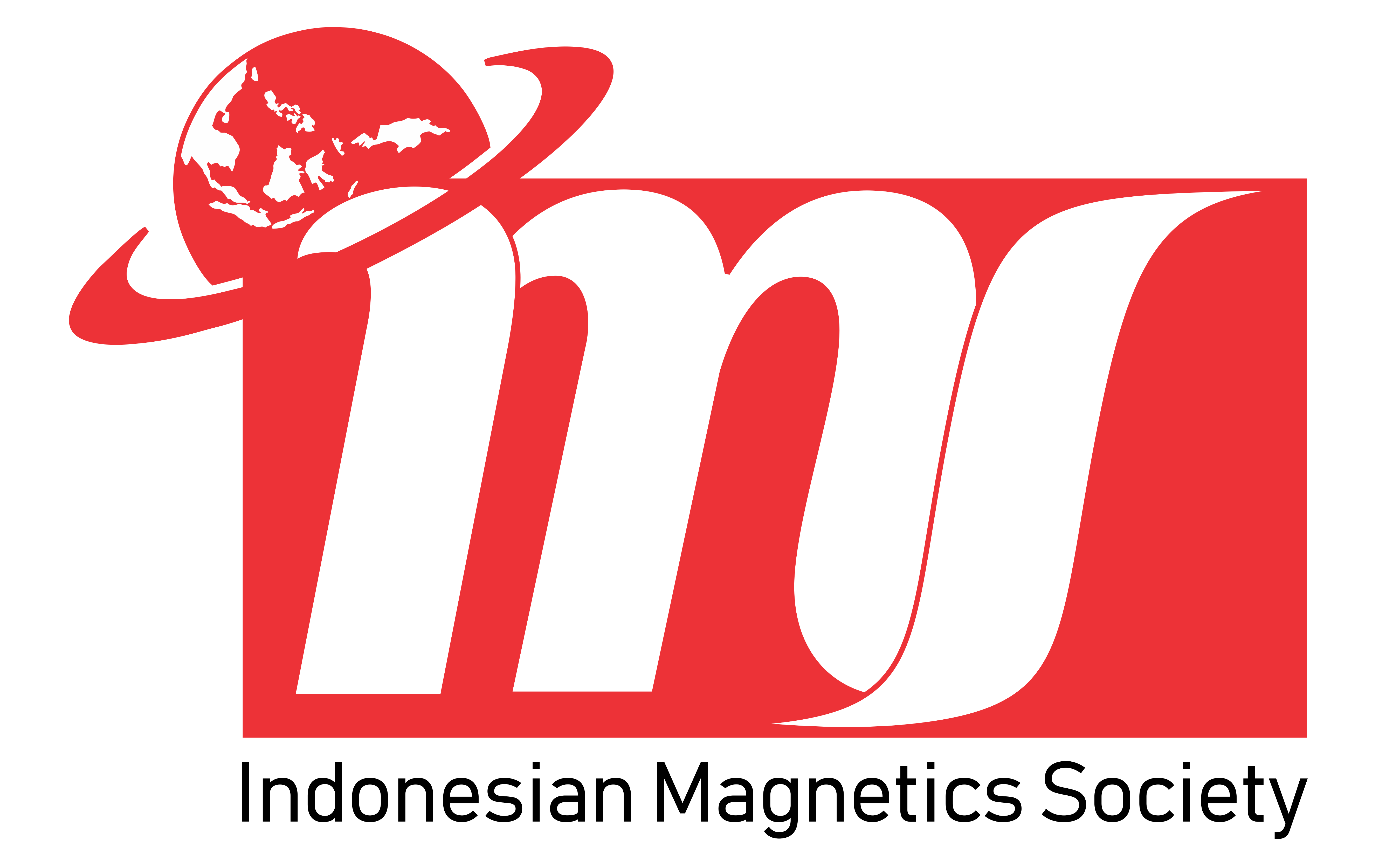Photoacoustic tomography system based on Diode Laser to Imaging of some types of materials
Abstract
Photoacoustic tomography imaging research has been conducted to distinguish several types of materials. The photoacoustic tomography imaging system used in this study uses a diode laser as a source of radiation and a condenser microphone as a detection tool. The sample is a combination of two types of materials, namely plasticine + iron wire, plasticine + cardboard, plasticine + mica plastic, and mica plastic + cardboard. Optimum setting of laser modulation frequency and duty cycle system to distinguish images from plasticine samples + iron wire and plasticine + cardboard, i.e., 19 kHz and 50%, while to recognize images from plasticine samples + mica plastic and mica plastic + cardboard, which is 19.5 kHz and 50%. The photoacoustic tomography image system used can detect and image the sample clearly, the striking color difference between one material, and another shows the difference in sound intensity.
Keywords
Full Text:
PDFReferences
Attia A. B. E. et al., (2019), “A review of clinical photoacoustic imaging: Current and future trends,” Photoacoustics, vol. 16, no. August, p. 100144, doi: 10.1016/j.pacs.2019.100144.
Azma E. and N. Safavi, “Diode laser application in soft tissue oral surgery,” J. Lasers Med. Sci., vol. 4, no. 4, pp. 206–211, 2013, doi: 10.22037/2010.v4i4.4150.
Beard, P. (2011), “Biomedical photoacoustic imaging,” Interface Focus, vol. 1, no. 4, pp. 602–631, doi: 10.1098/rsfs.2011.0028.
Chen, H. Z. Yuan, and C. Wu. (2015). “Nanoparticle Probes for Structural and Functional Photoacoustic Molecular Tomography,” Biomed Res. Int., vol. 2015, no. 1, pp. 1–11.doi: 10.1155/2015/757101.
Fajardo, S. García-Galvan, F. R., V. Barranco, J. C. Galvan, and S. F. Batlle, (2016), “We are IntechOpen , the world ’ s leading publisher of Open Access books Built by scientists , for scientists TOP 1 %,” Intech, vol. i, no. tourism, p. 13, doi: http://dx.doi.org/10.5772/57353.
Fatima A. et al., (2019), “Review of cost reduction methods in photoacoustic computed tomography,” Photoacoustics, vol. 15, no. December 2018, p. 100137, 2019, doi: 10.1016/j.pacs.2019.100137.
Fessler, M. Michael B.; Rudel, Lawrence L.; Brown, (2008), “基因的改变NIH Public Access,” Bone, vol. 23, no. 1, pp. 1–7, doi: 10.1038/jid.2014.371.
Karlas A. et al. (2019). “Cardiovascular optoacoustics: From mice to men – A review,” Photoacoustics, vol. 14, no. March, pp. 19–30, doi: 10.1016/j.pacs.2019.03.001.
Kim, C. C. Favazza, and L. V Wang, (2010). “Functional and Molecular Optical Imaging At New Depths,” vol. 110, no. 5, pp. 2756–2782, doi: 10.1021/cr900266s.In.
Kratkiewicz K. et al., (2019). “Photoacoustic/ultrasound/optical coherence tomography evaluation of melanoma lesion and healthy skin in a swine model,” Sensors (Switzerland), vol. 19, no. 12, pp. 1–14, doi: 10.3390/s19122815.
Liu, Y. H. Y. Xu, L. De Liao, K. C. Chan, and N. V. Thakor, (2018), “A handheld real-time photoacoustic imaging system for animal neurological disease models: From simulation to realization,” Sensors (Switzerland), vol. 18, no. 11, doi: 10.3390/s18114081.
Rao, A. P. N. Bokde, and S. Sinha, (2020) “Photoacoustic imaging for management of breast cancer: A literature review and future perspectives,” Appl. Sci., vol. 10, no. 3, doi: 10.3390/app10030767.
Shah, M. A. I. A. Shah, D. G. Lee, and S. Hur, (2019), “Design approaches of MEMS microphones for enhanced performance,” J. Sensors, doi: 10.1155/2019/9294528.
Steinberg, I. D. M. Huland, O. Vermesh, H. E. Frostig, W. S. Tummers, and S. S. Gambhir, (2019), “Photoacoustic clinical imaging,” Photoacoustics, vol. 14, no. April, pp. 77–98, 2019, doi: 10.1016/j.pacs.2019.05.001.
Strohm, E. M. M. J. Moore, and M. C. Kolios, (2016), “High resolution ultrasound and photoacoustic imaging of single cells,” Photoacoustics, vol. 4, no. 1, pp. 36–42, 2016, doi: 10.1016/j.pacs.2016.01.001.
Valluru, K. S. K. E. Wilson, and J. K. Willmann, (2016), “Photoacoustic imaging in oncology: Translational preclinical and early clinical experience1,” Radiology, vol. 280, no. 2, pp. 332–349, 2016, doi: 10.1148/radiol.16151414.
Wang L. V. and J. Yao, (2016) “A practical guide to photoacoustic tomography in the life sciences,” Nat. Methods, vol. 13, no. 8, pp. 627–638, doi: 10.1038/nmeth.3925.
Xia, J. J. Yao, and L. V. Wang, (2014), “Photoacoustic tomography: Principles and advances,” Prog. Electromagn. Res., vol. 147, pp. 1–22, doi: 10.2528/PIER14032303.
Refbacks
- There are currently no refbacks.







